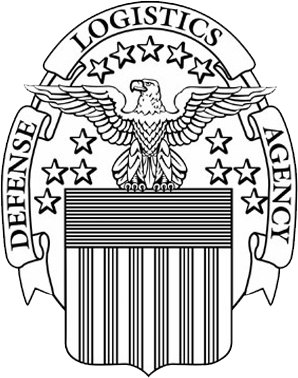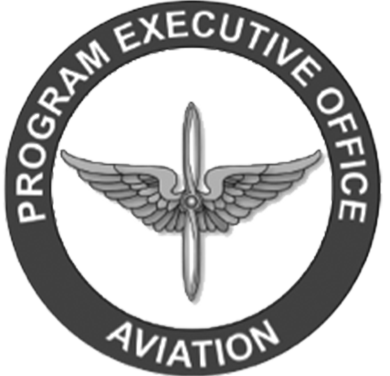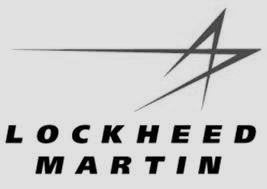 InterConnect’s blog entitled “What is Mean Time Between Failure (MTBF) for F-16 Wiring Harnesses?” provides details about what MTBF is and why it is important. The purpose of this blog is to explain reasons why MTBF is not determined for aircraft electrical wiring harnesses including the F-16.
InterConnect’s blog entitled “What is Mean Time Between Failure (MTBF) for F-16 Wiring Harnesses?” provides details about what MTBF is and why it is important. The purpose of this blog is to explain reasons why MTBF is not determined for aircraft electrical wiring harnesses including the F-16.
Before we delve into this discussion more, there is one thing that should be noted. There are MTBF’s for engine aircraft wiring harnesses. When engines are overhauled, the wiring harnesses are replaced based on the number of hours the engine has been running. This blog is not about engine wiring harnesses. This blog is about what InterConnect calls “trunk wiring harnesses” which are the main types of wiring harnesses routed throughout an aircraft.
There are four main reasons why MTBF is not calculated for aircraft trunk wiring harnesses: (1) no widely accepted method to calculate it in a laboratory, (2) MTBF changes for wiring harnesses depending on where they are installed in an aircraft, (3) the cost to an aircraft owner if MTBF’s were established, and (4) no organization exists that cares enough to tackle this difficult subject.
The first reason there is no MTBF for wiring harnesses is because there is no widely accepted method to calculate it. For most aircraft equipment, there are ways to calculate MTBF by cycling the piece of equipment in a laboratory faster than normal use in an aircraft. The purpose of aircraft wiring harnesses is to transmit electrical signals. If you put an aircraft wiring harness in a laboratory and cycle electrical signals, the wiring harness will probably last over 100 years. The problem with this test method is that the laboratory does not simulate the environment where wiring harnesses are installed inside an aircraft. The laboratory does not simulate environmental changes such as: (1) huge temperature swings, (2) high G forces, (3) dust and other contaminants, (4) liquids including hydraulic fluid and jet fuel, (5) pieces of equipment near wiring harnesses that chafe the wiring harness, and (6) flexing and bending of the wiring harness during flight or when equipment is replaced that is connected to a wiring harness.
The second reason there is no MTBF for aircraft wiring harnesses is that MTBF actually differs depending on where wiring harnesses are installed inside an aircraft. A section of an aircraft that is more exposed to a harsh environment, such as the aerial refueling area, will have a lower MTBF than other areas that are not as harsh. InterConnect recently released an article that describes the most harsh areas inside an F-16 for wiring harnesses. The harsher the environment that a wiring harness is installed the lower the MTBF. A company that designs and manufactures aircraft wiring harnesses cannot say that the MTBF for every wiring harness for an aircraft is X number of years. The MTBF changes according to the environment.
The third reason unfortunately is one of the main reasons why MTBF is not provided for aircraft wiring harnesses. The bottom line is cost. When an aircraft is assembled, the first step is to attach the structural components together such as the forward part of the fuselage to the mid part. After the structure, the next step is to install the wiring harnesses throughout the aircraft. After the wiring harnesses are installed, equipment is installed that covers up the wiring harnesses. After the equipment is installed, exterior panels are installed. If you open up one of these panels you do not see wiring harnesses because they are buried inside the aircraft. If MTBF’s were defined for aircraft wiring harnesses, then the harnesses would have to be replaced and would be a costly endeavor. Someone must “open up” the aircraft to access them. Opening-up an aircraft is time-consuming and costly. This wiring harness replacement cost can be expensive and most aircraft manufactures prefer not to address it.
The fourth and final reason that MTBF’s are not provided for aircraft wiring harnesses is that there is no organization that is pushing for MTBF’s to be established for wiring harnesses. InterConnect knows of only two organizations that are concerned with aircraft wiring harnesses: (1) Wire Harness Manufacturers Association (WHMA) and (2) Joint Services Wiring Action Group (JSWAG). WHMA is not solely focused on aircraft wiring harnesses. WHMA includes manufactures of wiring harness for many industries such as: (a) household appliance, (b) automotive, (c) medical, and (d) oil. No group inside WHMA addresses aircraft wiring harnesses. IPC/WHMA-A-620 comes close but MTBF for wiring harnesses is never covered. JSWAG, however, does address aircraft wiring harness issues. JSWAG is for military services only and their discussions are not for public disclosure. Perhaps JSWAG has started discussing MTBF for military aircraft wiring harnesses.
The bottom line is that there are no established MTBF’s for aircraft wiring harnesses. Aircraft wiring harnesses are installed and forgotten. If there is a problem with a wiring harness they are replaced. The documentation of when wiring harnesses have problems or are replaced is generally poor. Wires inside a wiring harness are used for many different systems. For aircraft records, problems discovered are categorized by the system for a piece of equipment. There is no system for wiring harnesses. Hopefully, sometime in the future, MTBF’s will be established for aircraft wiring harnesses.
If you would like to comment on this blog, please pull it up on our Facebook page and post your thoughts. We welcome your input!



























